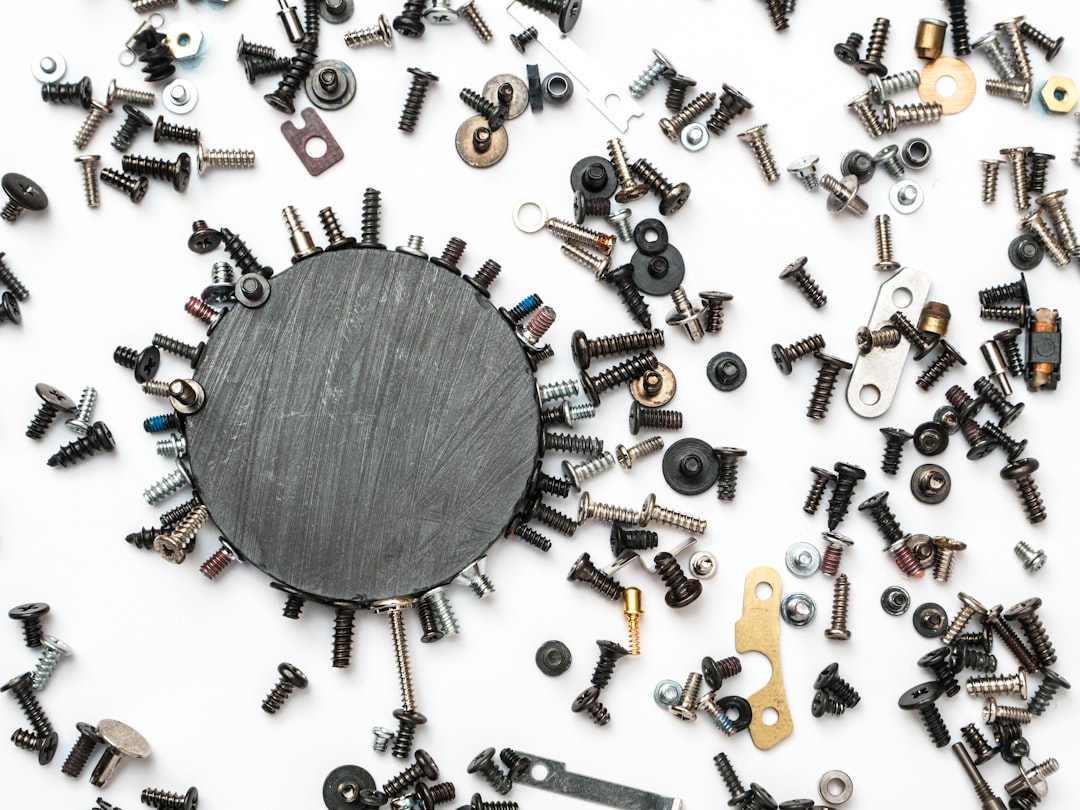
Revolutionize Your Videos with AI Image Repair Upscaler 17251
Revolutionize Your Videos with AI Image Repair Upscaler 17251
In the realm of advanced technology, AI image repair upscalers like 17251 are changing the landscape of video editing and enhancement. Leveraging cutting-edge artificial intelligence algorithms, these tools are revolutionizing the way we repair, enhance, and upscale images for various applications. Let’s delve into how AI image repair upscalers like 17251 are reshaping the video editing industry and setting new standards for image quality.
The Power of AI Image Restoration
AI-powered image restoration tools, such as the one provided by upscaler 17251, utilize deep learning algorithms to analyze and enhance images. These tools can automatically repair imperfections, remove noise, and restore details in images, resulting in significantly improved visual quality. By harnessing the capabilities of neural networks, AI image repair upscalers can deliver stunning results that rival traditional manual editing methods.
Example: Enhancing Image Clarity
Imagine having a low-resolution image that lacks sharpness and clarity. With AI image repair upscalers like 17251, you can effortlessly enhance the image to reveal hidden details and improve overall quality. By utilizing advanced image enhancement techniques powered by deep learning algorithms, these tools can upscale images while preserving important features and textures.
Redefining Image Upscaling with Deep Learning Algorithms
Deep learning upscaling techniques play a crucial role in the functionality of AI image repair upscalers like 17251. By leveraging neural networks and sophisticated algorithms, these tools can upscale images to higher resolutions without compromising quality. Through the process of image super-resolution, AI upscalers can extrapolate missing details and enhance image sharpness, making them ideal for various applications such as video editing, photography, and digital art.
Example: Enhancing Video Quality
In the realm of video editing, the ability to upscale video footage while maintaining visual quality is essential. AI image repair upscalers like 17251 can enhance video resolution, reduce noise, and improve overall clarity, resulting in professional-looking videos with crisp details. By utilizing deep learning algorithms, these tools can analyze and enhance each frame of a video, ensuring a consistent and high-quality viewing experience.
The Role of Artificial Intelligence in Image Processing
Artificial intelligence plays a pivotal role in driving advancements in image processing technology. With AI-powered image repair tools like 17251, users can benefit from automated image restoration, seamless upscaling, and enhanced visual quality. By harnessing the capabilities of machine learning and computer vision, these tools can streamline the image editing process and deliver impressive results in a fraction of the time.
Example: Photo Restoration with AI
Photo restoration is a meticulous process that involves repairing old or damaged photographs to their original state. AI-powered tools like 17251 can expedite the photo restoration process by automatically correcting imperfections, enhancing details, and improving overall image quality. By leveraging advanced image reconstruction algorithms, these tools can breathe new life into old photographs and preserve cherished memories for future generations.
Advancements in AI-Powered Image Recovery
AI-powered image recovery tools, such as the upscaler 17251, are at the forefront of innovation in the field of image processing. By utilizing deep neural networks and sophisticated algorithms, these tools can analyze, repair, and enhance images with unparalleled accuracy and efficiency. Whether it’s restoring vintage photographs or upscaling low-resolution images, AI image repair upscalers are redefining the possibilities of image restoration.
Example: Computer Vision Upscaling
Computer vision upscaling techniques are instrumental in the functionality of AI image repair upscalers like 17251. By applying advanced algorithms and neural networks, these tools can analyze image data, identify patterns, and enhance visual quality. Through the integration of deep learning technologies, computer vision upscaling enables AI-powered tools to upscale images with remarkable precision, making them indispensable for various industries such as media, entertainment, and graphic design.
Embracing Advanced Image Enhancement Technologies
In the digital age, the demand for advanced image enhancement technologies is on the rise. AI image repair upscalers like 17251 are equipped with the latest innovations in artificial intelligence, deep learning, and neural network algorithms to deliver exceptional results. Whether it’s enhancing image clarity, restoring photo quality, or upscaling video footage, these tools are empowering users to elevate their visual content to new heights.
Example: AI-Powered Image Enhancement
AI-powered image enhancement is a game-changer for photographers, videographers, and visual artists seeking to improve the quality of their work. With tools like 17251, users can leverage the power of artificial intelligence to enhance colors, reduce noise, and sharpen details in their images. By incorporating advanced image processing techniques, AI image repair upscalers can transform ordinary images into extraordinary works of art with minimal effort.
Conclusion
In conclusion, AI image repair upscalers like 17251 are revolutionizing the way we enhance, repair, and upscale images for various applications. By harnessing the power of artificial intelligence, deep learning algorithms, and neural networks, these tools are setting new standards for image quality and precision. Whether it’s enhancing video footage, restoring old photographs, or upscaling images to higher resolutions, AI image repair upscalers are empowering users to unleash their creativity and elevate their visual content like never before.